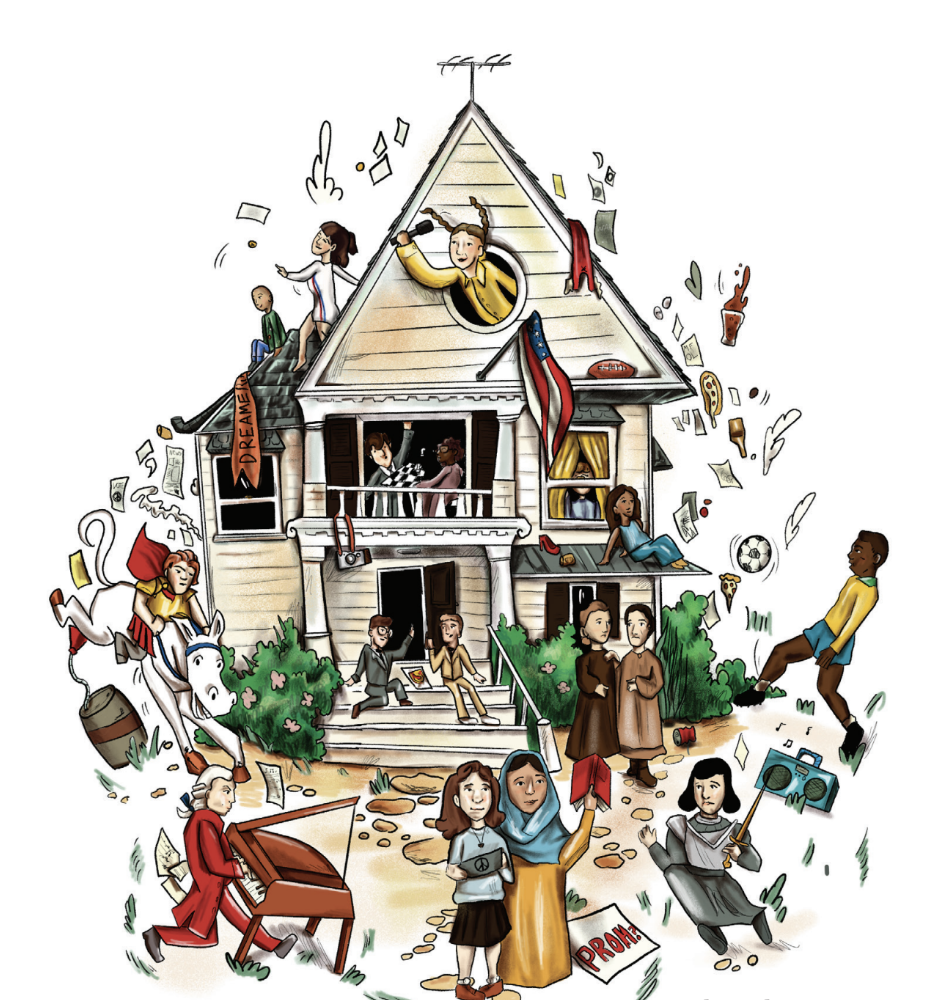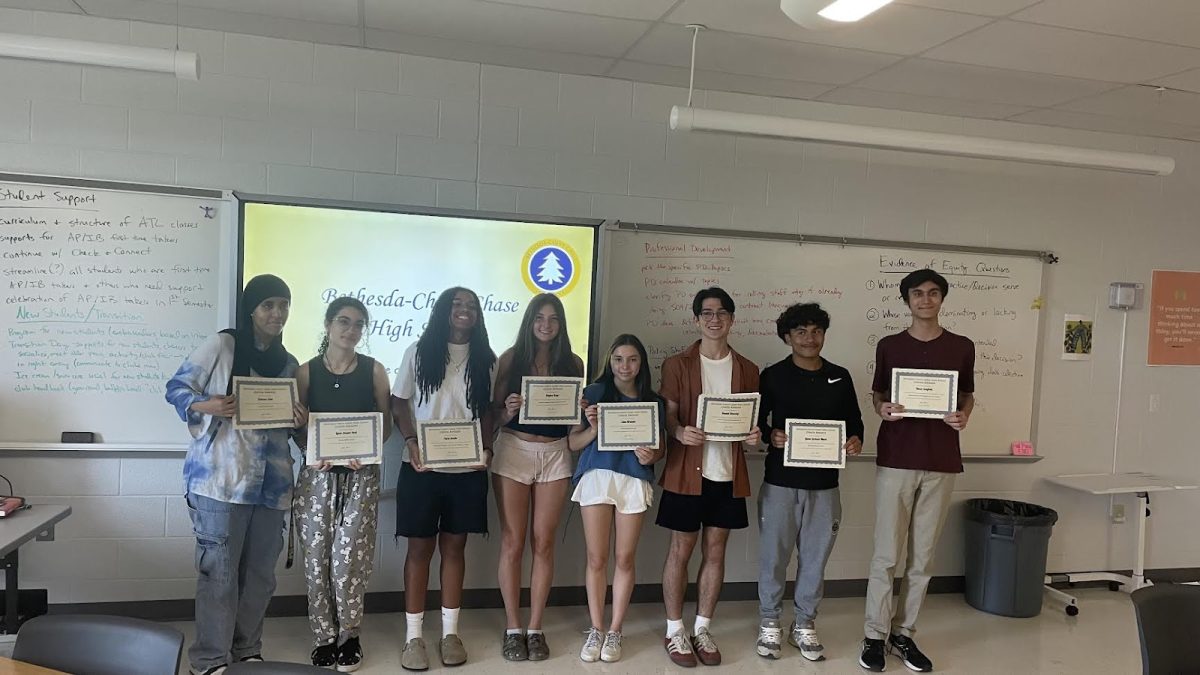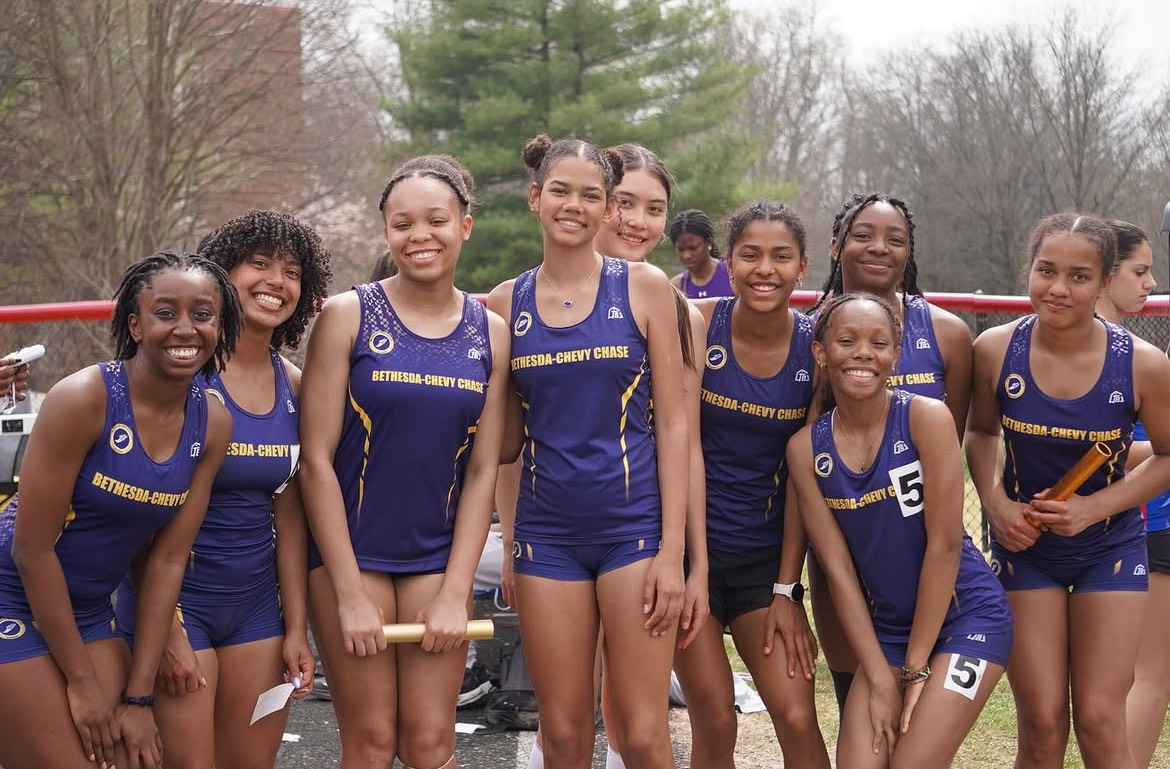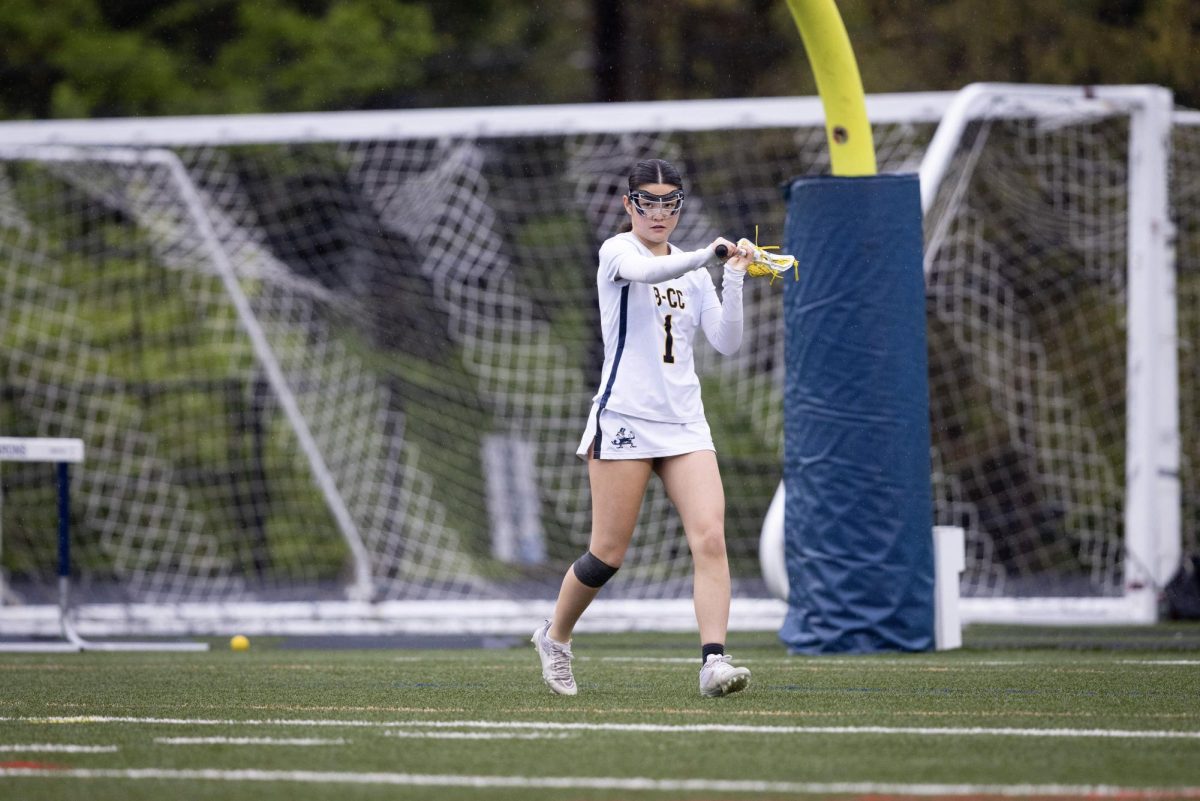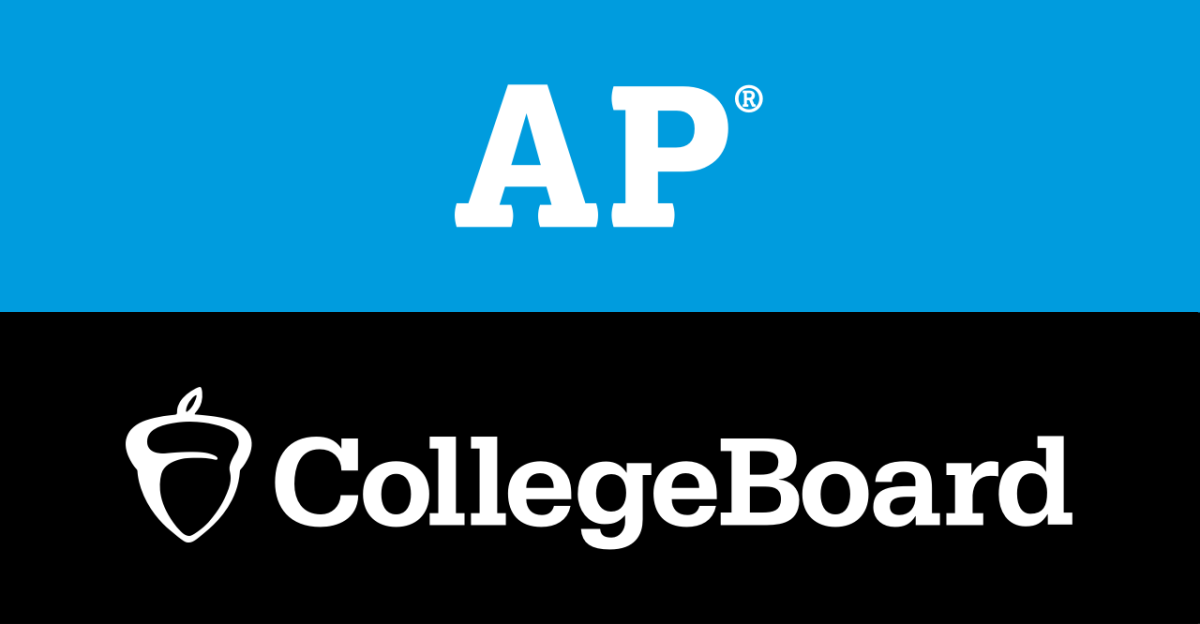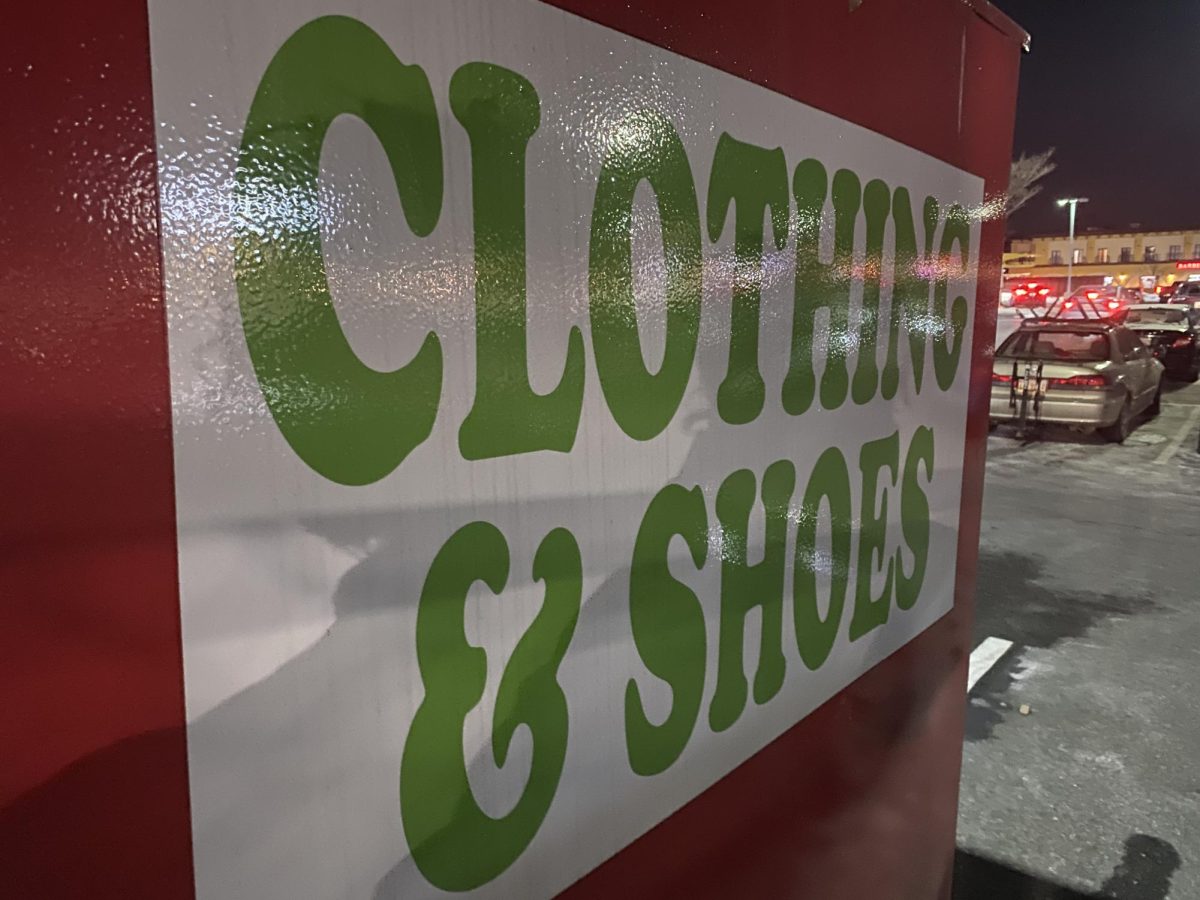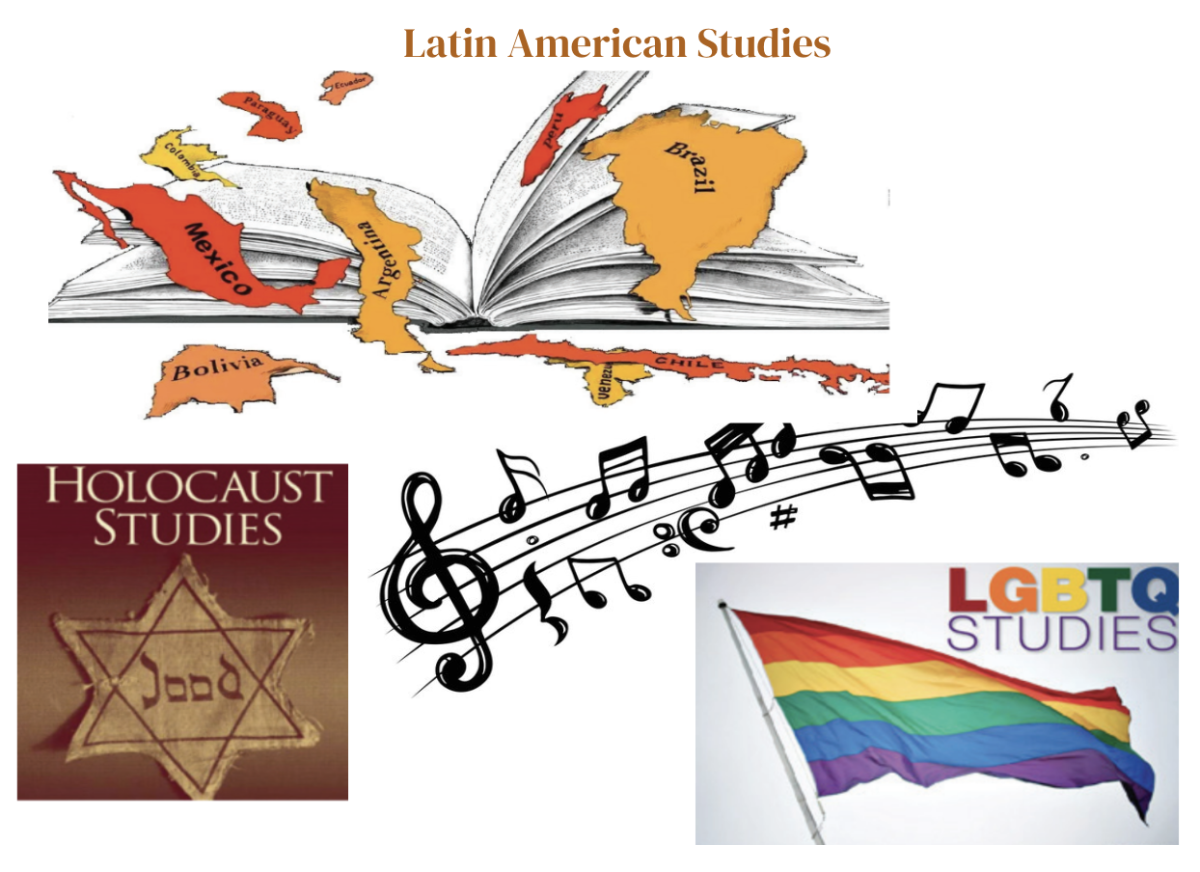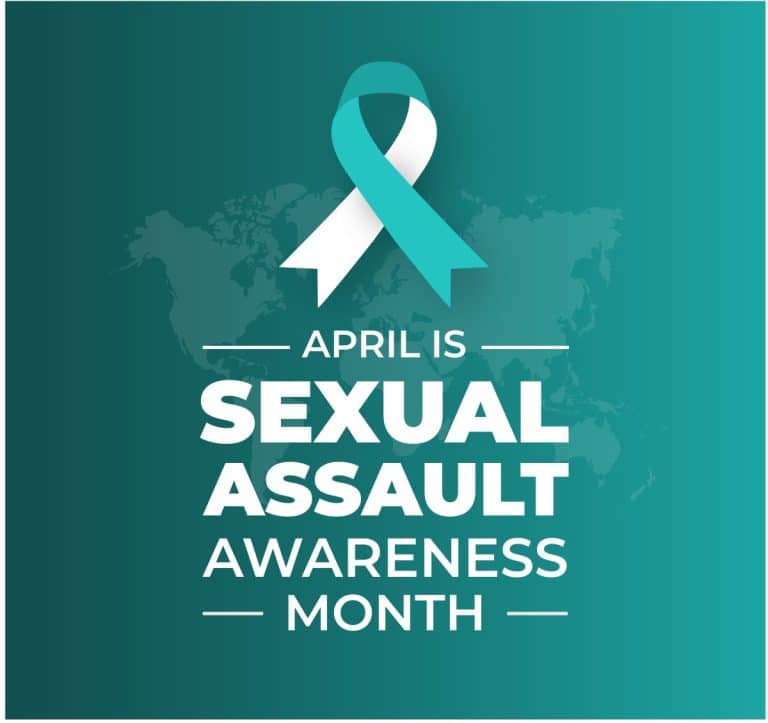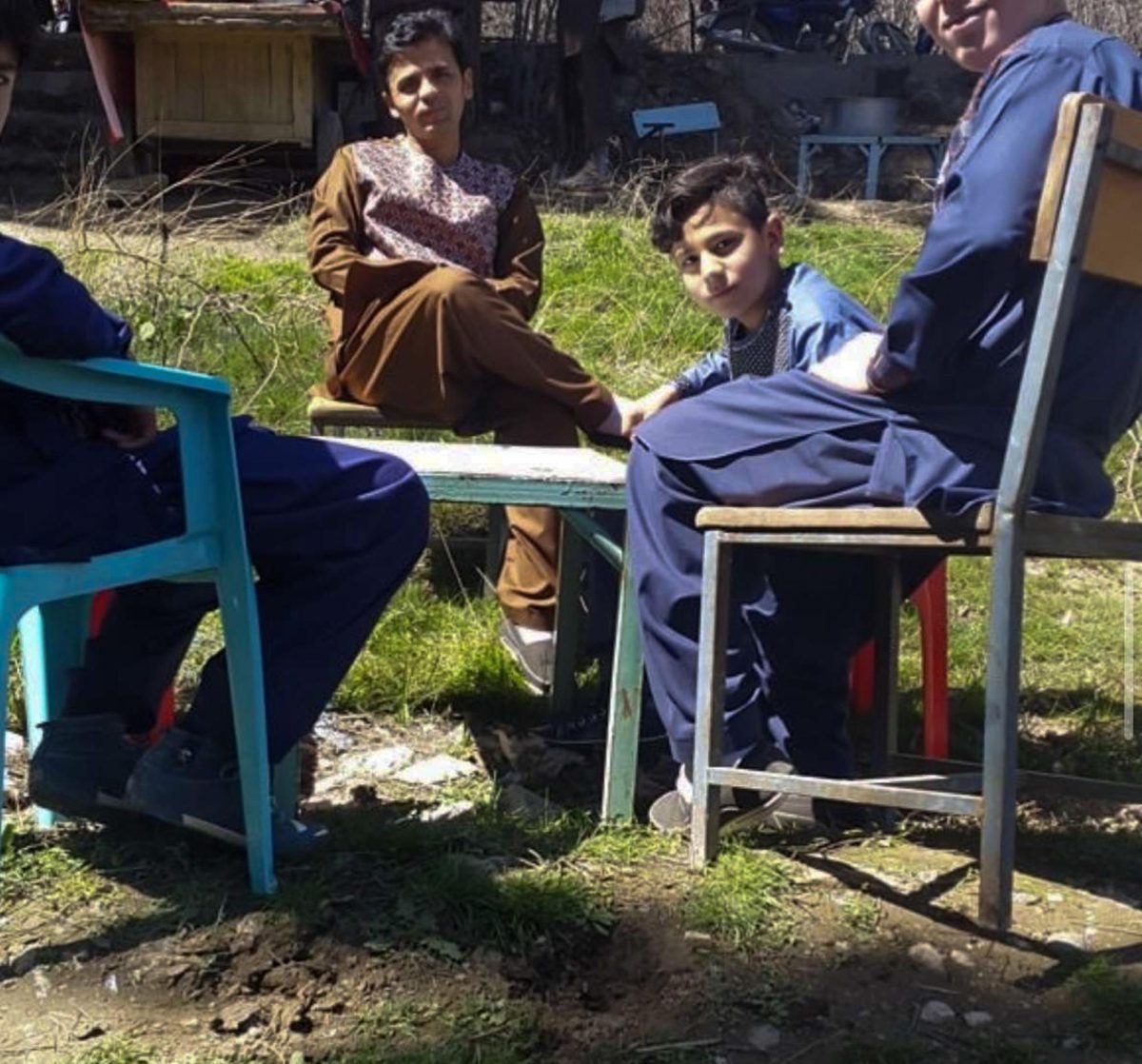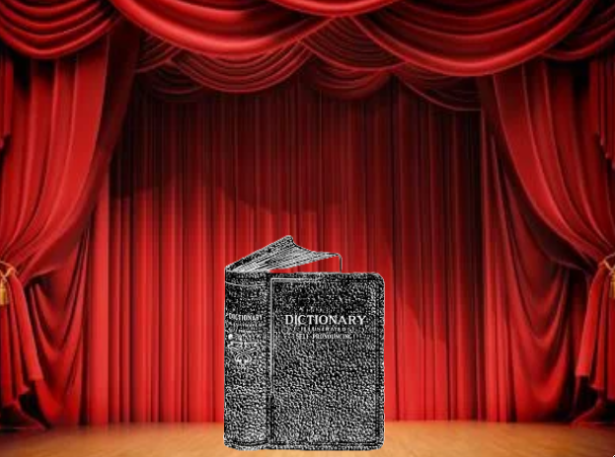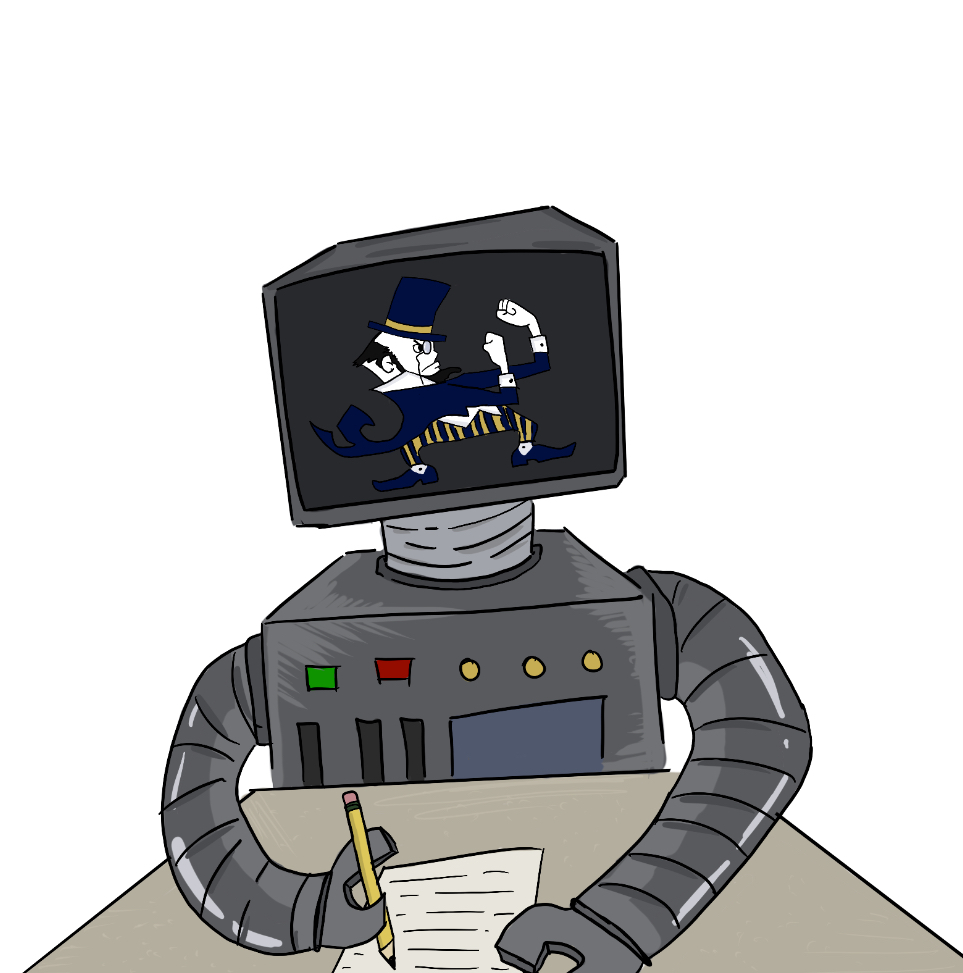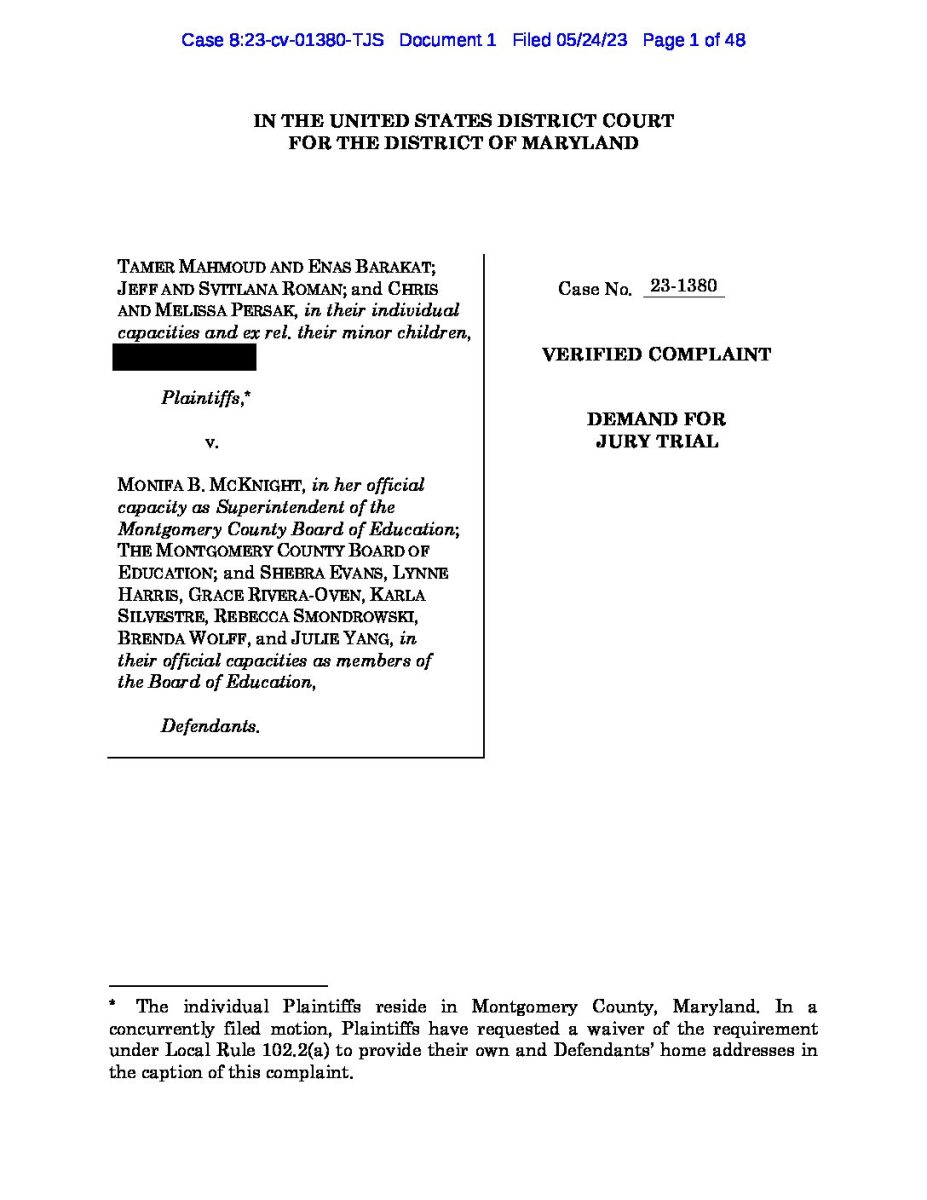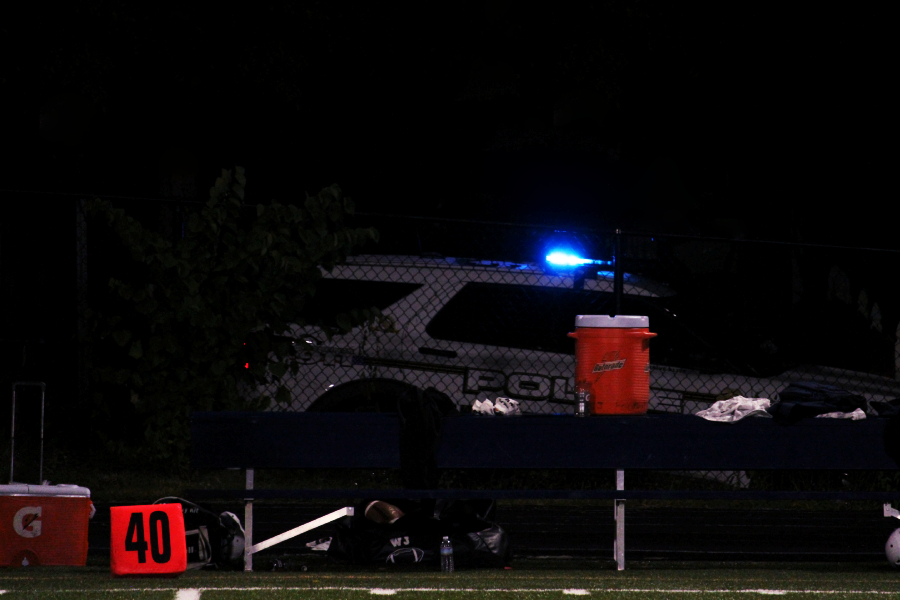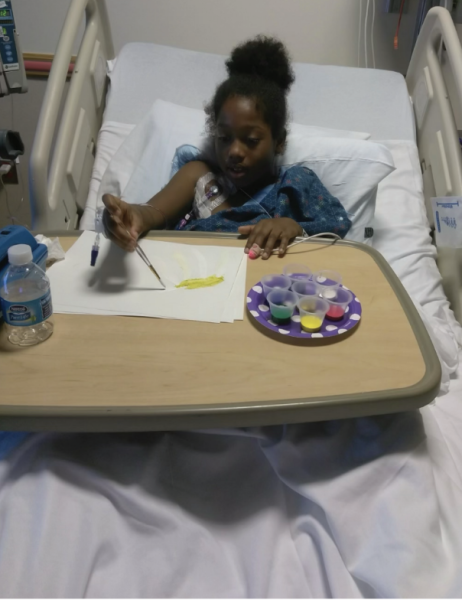Slap on the Wrist or Facing Legal Charges?
The consequences for students’ misbehavior follow deep geographical and racial divides across the county.
A fight breaks out at a game. The sound of police sirens rings loudly through the air as fists fly, the crowd buzzes, and heads are shoved into the back of police cars. But who ends up sitting there? Certainly not all students.
The word “BRAWL” is etched front and center of a Washington Post article released the day after a fight occurred during a football game against Northwest and Gaithersburg. The incident spanned numerous news outlets drawing media attention outside of the Montgomery County bubble. Yet when a fight broke out here at BCC against our WJ rivals, the damaged property and police activity barely attracted attention from even localized media outlets, and certainly not anything to the caliber of a source like The Washington Post.
A fight at a WJ and BCC game might result in a slap on the wrist while students at a Springbrook and Wheaton game might face legal charges for a similar incident. The consequences for students’ misbehavior follow deep geographical and racial divides across the county and have many asking why is it we perceive violence in such drastically different ways and how it has contributed to the dire way that students are left behind.
School rivalries and violence at sporting events are hardly something new and unfortunately, neither is the divide that seems to determine consequences; Eric Allen and Kosta Drakakis lived the realities of this county divide over two decades ago.
Every Friday night meant the same for Eric Allen, a chance to play under the Friday night lights at Springbrook High School. For Allen and his teammates, this was a dream come true. They didn’t come from generational money and their lives didn’t have the same financial freedoms granted to students in other parts of the county. It was just a tight-knit community of students and athletes invested in a game they knew wouldn’t last forever.
So when the scoreboard hit zero, kids flooded to the local McDonald’s located directly in between three rival schools in search of fun, drawing the ire of local police. It was there that the parking lot teemed with police cars, officers looking to arrest anyone who fit their description of trouble. These run-ins only heightened distrustful tensions with the police and a greater consequence for those who were caught.
Across the county at Winston Churchill, Kosta Drakakis’s life looked a bit different. His school parking lot was filled with new, fancy cars; he and his friends frequented massive house parties in Potomac mansions, and all got home in time to meet their SAT tutors the next morning.
“Friday nights were rowdy,” reminisced Drakakis, “especially when Springbrook pulled up to Bulldog Stadium.” Yet Churchill hijinks never attracted law enforcement and media attention common for schools such as Springbrook. While both student bodies may have seen the post-football rowdiness as a bone-headed but inevitable part of the high school experience, the school with more Black and socioeconomically disadvantaged students faced the brunt of police presence.
This pattern has barely changed over these past decades. In fact, the media portrayal of class structure and race has only led to an increased narrative that seeks to divide us. We as a county are turning a blind eye to this injustice happening in our own backyard and allowing unfair consequences to ruin the lives of our neighbors and classmates. The effects are devastating and those who voice concerns often fall on deaf ears.
It is time to prioritize issues that are creating dangerous gaps between our county schools. No student should feel at a disadvantage because of their high school zoning, nor should they feel the color of their skin and prejudiced beliefs determine whether they will have a record.
Nina Allen, a B-CC senior, serves as the Co-Director for The Tattler's Communications Team and a contributing writer who specializes in Features. You can...
Nat is a B-CC senior and is reprising his role as section director of art and photography for the second year in a row. In his free time, Nat enjoys boxing,...



